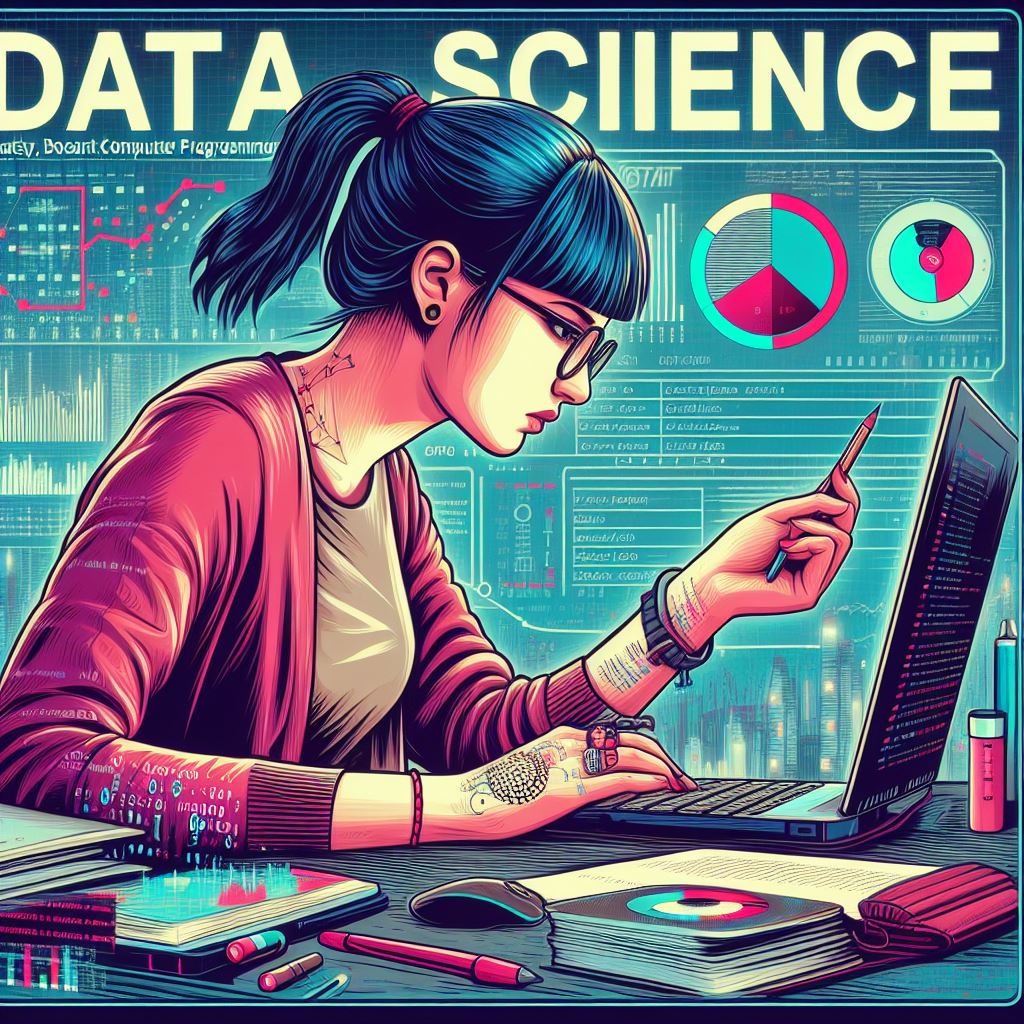In today’s data-driven world, data science has emerged as one of the most valuable fields, transforming how businesses and organizations make decisions. Python, with its simple syntax and powerful libraries, is one of the most popular programming languages for data science. Whether you’re a beginner or an experienced data scientist, mastering Python is essential to unlocking the full potential of data analytics and machine learning.
Why Python is Ideal for Data Science
Python’s versatility and ease of use make it a top choice for data scientists across the globe. Unlike other programming languages, Python has an extensive range of libraries designed specifically for data manipulation, analysis, and visualization. Libraries such as NumPy, Pandas, and Matplotlib allow data scientists to process large datasets efficiently, perform complex mathematical operations, and create meaningful visualizations to interpret data insights.
Python’s ability to handle various data types, from structured data in spreadsheets and databases to unstructured data from social media, makes it an ideal tool for data science tasks. The language also supports machine learning through libraries like Scikit-Learn and TensorFlow, enabling data scientists to build and deploy predictive models with ease.
Key Python Libraries for Data Science
NumPy: The foundation of scientific computing in Python. It allows users to work with large, multi-dimensional arrays and matrices, and provides a collection of mathematical functions to operate on these arrays.
Pandas: A library designed for data manipulation and analysis. It provides data structures like DataFrames, making it easier to clean, filter, and transform data. Pandas is particularly useful for handling data in tabular form.
Matplotlib: A plotting library that helps visualize data through graphs and charts. With Matplotlib, data scientists can create static, animated, and interactive plots to showcase data insights clearly.
Scikit-Learn: A powerful library for building machine learning models. Scikit-Learn supports supervised and unsupervised learning algorithms, such as regression, classification, clustering, and dimensionality reduction.
TensorFlow: An open-source framework that enables machine learning and deep learning. TensorFlow is ideal for building complex neural networks, especially for tasks involving large datasets and intricate patterns.
Python in Data Science Workflows
The workflow for data science typically involves several stages: data collection, data cleaning, exploratory data analysis (EDA), modeling, and model evaluation. Python’s rich ecosystem makes it easier to move through each of these stages.
Data Collection and Cleaning: With Python’s Pandas and BeautifulSoup (for web scraping), data scientists can collect and clean data from various sources. Data cleaning is a crucial step to ensure that the data is free of errors, missing values, and inconsistencies.
Exploratory Data Analysis (EDA): EDA is the process of summarizing the main characteristics of the dataset, often visualizing it in the process. Using Matplotlib, Seaborn, and Plotly, data scientists can uncover trends, patterns, and anomalies.
Modeling: Python excels in the modeling phase, where data scientists build predictive models using machine learning algorithms. Libraries like Scikit-Learn simplify this process by providing easy-to-use functions for training and testing models.
Evaluation: After a model is trained, Python tools allow for evaluation through metrics like accuracy, precision, recall, and F1-score. Cross-validation techniques, implemented in Scikit-Learn, ensure the model’s performance is stable and reliable.
Conclusion
Python is undeniably the most powerful tool for data scientists. Whether you’re building machine learning models, analyzing complex datasets, or visualizing trends, Python’s vast library ecosystem provides everything you need to get the job done efficiently. By mastering Python and its data science libraries, you can unlock new opportunities for innovation and success in the field of data science.
Incorporating Python into your data science workflows can enhance productivity, improve model accuracy, and ultimately help solve real-world problems with data-driven insights.
5
